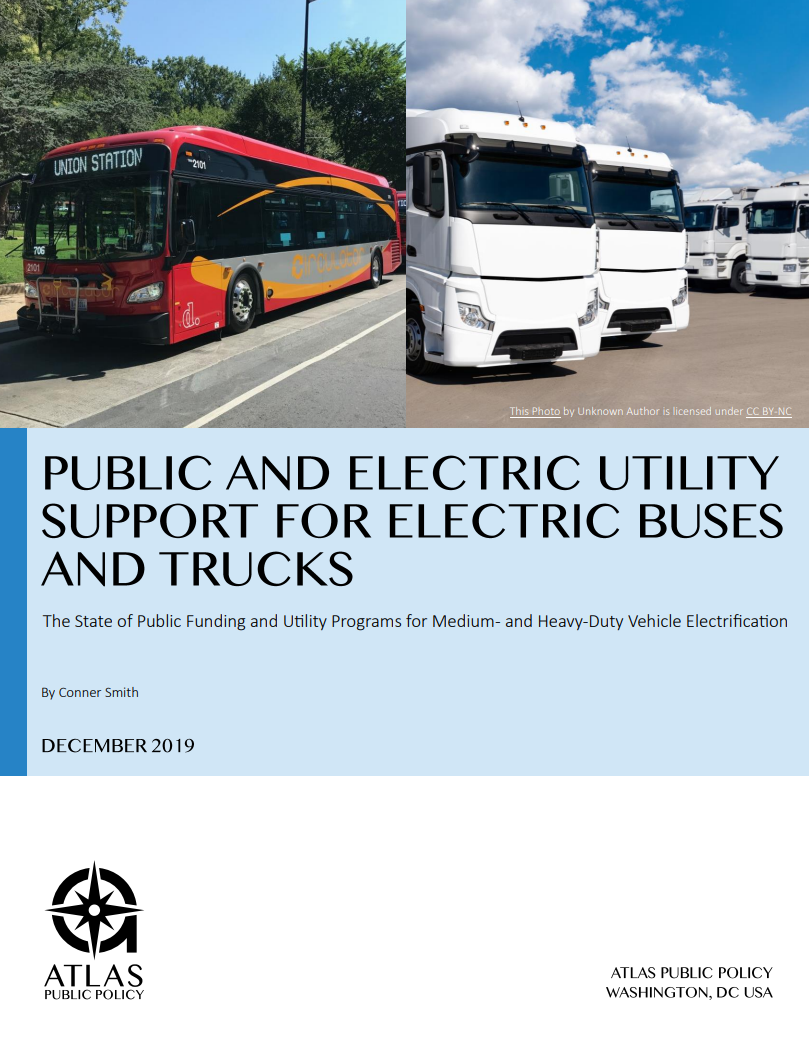America’s medium- and heavy-duty vehicles are going electric in response to technological improvements, regulatory requirements, and complementary policies. Manufacturers, transit agencies, and fleet operators alike benefit from a wide range of supportive public programs and investment from electric utilities to accelerate deployment. This report provides an overview of public and utility funding for three major categories of medium- and heavy duty EVs: transit buses, school buses, and trucks. It builds on recent reports covering the market in California and finds that the business case for investing in electric buses and trucks is improving and electric models already have lower lifetime costs than conventional models in some cases.
Increasing investment from the private sector continues to expand the range of models available and encouraged innovation in the market, but greater public and electric utility investment is still needed to advance commercialization and push new technologies beyond the pilot phase. This is especially true for electric trucks and school buses, which face lower levels of deployment compared to transit buses. Public investments have primarily been driven by state and federal goals to reduce smog-forming pollution, particulate matter, and greenhouse gas emissions from this large sector. While many public investments focus on helping different entities purchase vehicles, electric utility programs are particularly well positioned to expand charging infrastructure access for transit agencies and truck operators looking to electrify fleets. Public funding and utility support for these technologies continue to be important resources helping fleet operators achieve lifetime savings from electric trucks and buses and accelerating adoption.
Preview the report here:
More About this Resource
Publisher: Atlas Public Policy
Date: December 17, 2019
Type: Research Reports
Tags: Electric Buses, Grid Integration, Market Analysis, Medium- and Heavy-Duty, Public Benefits, Public Incentives & Policies, Vehicle Fleets
Countries: United States
States: None

